-
FREE MEMBER
NO Posting or PM's Allowed

-
04-01-2012 09:28 AM
# ADS
Friends and Sponsors

-
Legacy Member

Congratulations. Nice present for yourself. 
First to the markings on the buttstock... The III does indicate a Mk III Ross. To the left of that is the Ross "roundel". The remainder of the marks are the serial number for the rifle, which incorporates the year of production. So, based on your squinting at the numbers, the full serial number would be:
762
---- JA
1915
which would indicate the rifle, or at least the stock, was produced in 1915.
Any other markings on the buttstock at all? How about elsewhere on the metalwork (the back of the bolt)?
I see you're in England . Interesting that the rifle does not appear to have any British proof marks.Did you buy it offshore?
. Interesting that the rifle does not appear to have any British proof marks.Did you buy it offshore?
Is the bolt pinned? Take, and share, some more photos, especially of the bolt pulled back to verify correct assembly of the bolt.
Enjoy the rifle.
-
-
FREE MEMBER
NO Posting or PM's Allowed

-
Legacy Member

Hmm....I'm going to defer to Smellie and others with way more exposure to Ross rifles than I have on some of these markings and some of the questions. The 154 over LS stamp is especially intriguing, as is the number stamped into the bottom of the magazine.
Regarding bolt assembly and pinning, I would refer you to the sticky at the top of this forum about bolt assembly/disassembly as it provides good guidance, but the gap between bolt head and bolt sleeve on your rifle looks okay. Can't tell for sure from the photos, but it looks like your bolt is unpinned. If pinned, you'd see a rivet visible partway back on the bolt sleeve. It was added to prevent incorrect re-assembly.
-
-
FREE MEMBER
NO Posting or PM's Allowed

.
This is a picture I made up a while ago. The unpinned Ross 1910 Mark III bolt, (and also one with a broken rivet,) can be assembled incorrectly. See the "Correct" picture for SAFE bolt assembly. Notice the space of about one inch between the back of the locking lugs and the bolt carrier. SMELLIE and I refer to this as "the rule of Thumb." If you put your thumb on the bolt at this point, and the gap is approximately the width of your thumb, then you are all right.
.
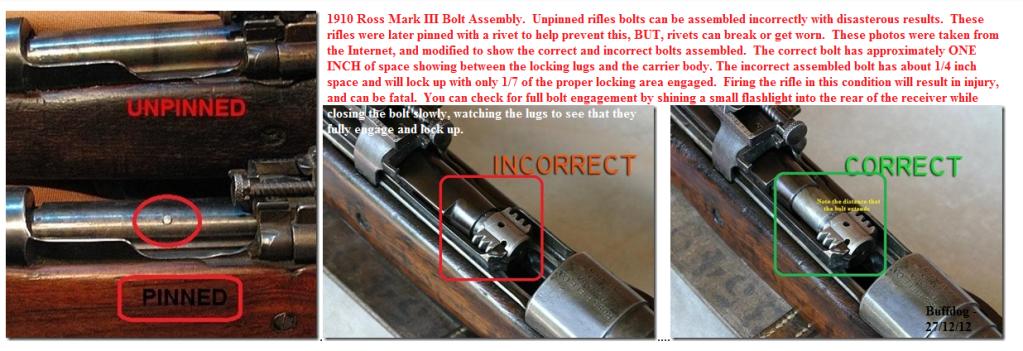
.
Also, your rifle has the "Enlarged" chamber. The fired cases are going to come out looking like they were blown out a bit. This is all right for the first firing of brass, but if you reload, I would advise keeping your Ross brass seperate and segregated to each rifle. Full length resizing overworks the brass and after a couple of loadings, you will start to get case failures and seperations.
If you neck size your brass only, the cases will go back into the chamber as they have already been fire formed in YOUR rifle chamber. All you want to do is neck size to hold the bullet. Also, this ammunition will be a bit more accurate, as the case is already fit to the chamber and thus lined up and supported better when fired.
.
Last edited by buffdog; 04-09-2012 at 10:29 AM.
-
FREE MEMBER
NO Posting or PM's Allowed

Thanks, I made sure that the bolt was correct before I fired it on Saturday! Unfortunately the front sight was canted to the left so I have to rezero it!
I have kept my SMLE and Ross brass separate, I just need to get a full reloading setup and I'll be good to go!
-
-
-
Advisory Panel


Should have mentioned.
There was a BIG movement around this time toward setting a single standard for the whole British Empire.
Empire.
Stamp collectors know all about Imperial Penny Post: send a 1-ounce letter anywhere in the British Empire for a penny. The Pound Sterling was very close to $5US at that time, $4.80 Canadian, so that Penny was 2 cents, there being (12x20=) 240 Pennies in a Pound. Canada made its first multi-colour postage stamp at this time (1898), a 2-cent map of the world with the Empire in red ink and the legend IMPERIAL PENNY POST. It was a pretty stamp but colour matching wasn't up to current standards and there are about half a dozen recognised colours for the Oceans, ranging from Blue through to Green.... and a single sheet accidentally got out (likely from cleanng the press) with the Oceans in BROWN, possibly causing one to think of Tuli Kupferberg's poem "River of Sh*t". This stamp is one of Canada's Great Rarities.
made its first multi-colour postage stamp at this time (1898), a 2-cent map of the world with the Empire in red ink and the legend IMPERIAL PENNY POST. It was a pretty stamp but colour matching wasn't up to current standards and there are about half a dozen recognised colours for the Oceans, ranging from Blue through to Green.... and a single sheet accidentally got out (likely from cleanng the press) with the Oceans in BROWN, possibly causing one to think of Tuli Kupferberg's poem "River of Sh*t". This stamp is one of Canada's Great Rarities.
But the movement toward a single Imperial Standard was quite strong and lasted until the end of the Great War. Our roads out in the country are still a MILE apart, even though the kids have no idea why we put the things 1,609 metres apart. Many of us still think in terms of Imperial (20-ounce) Pints and Imperial 40-ounce Quarts and Imperial 160-ounce Gallons, even though our Government has been attempting to force us to be metric ("like Russia , or China, or Cuba; one of those": Trudeau) for 40 years now.
, or China, or Cuba; one of those": Trudeau) for 40 years now.
The Ross Rifle was a departure (for many reasons) from the Imperial Standard, but the DCP was definitely a part of it.
Hope this helps.
.
Last edited by smellie; 05-05-2012 at 04:00 AM.
-
Thank You to smellie For This Useful Post:















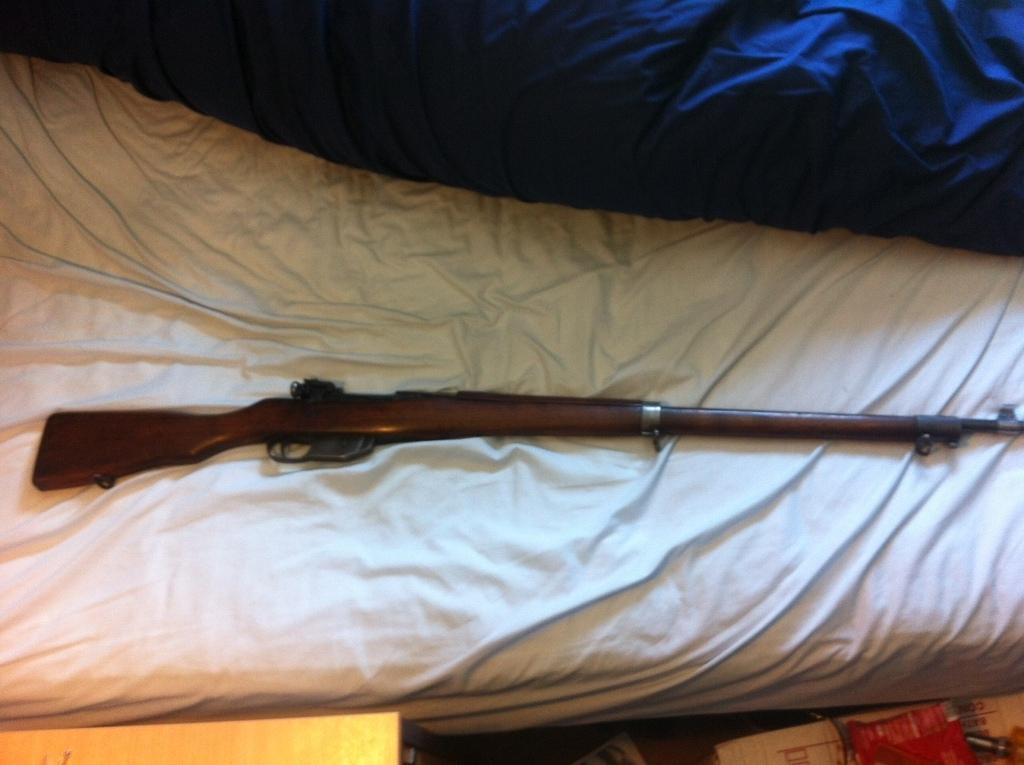
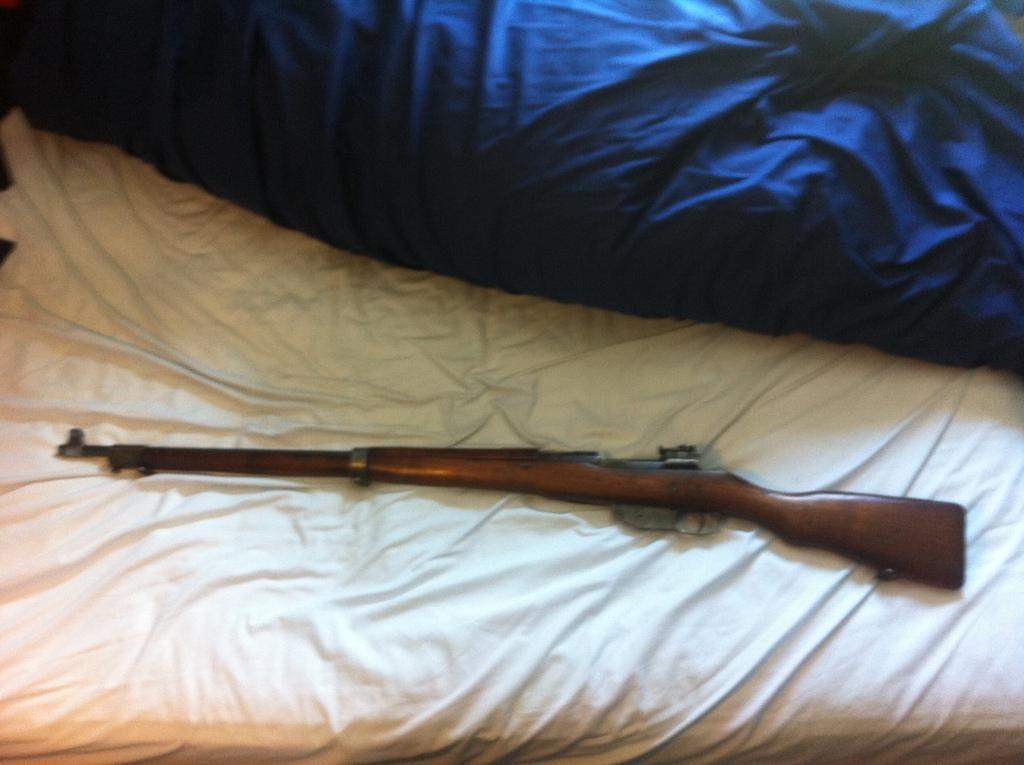
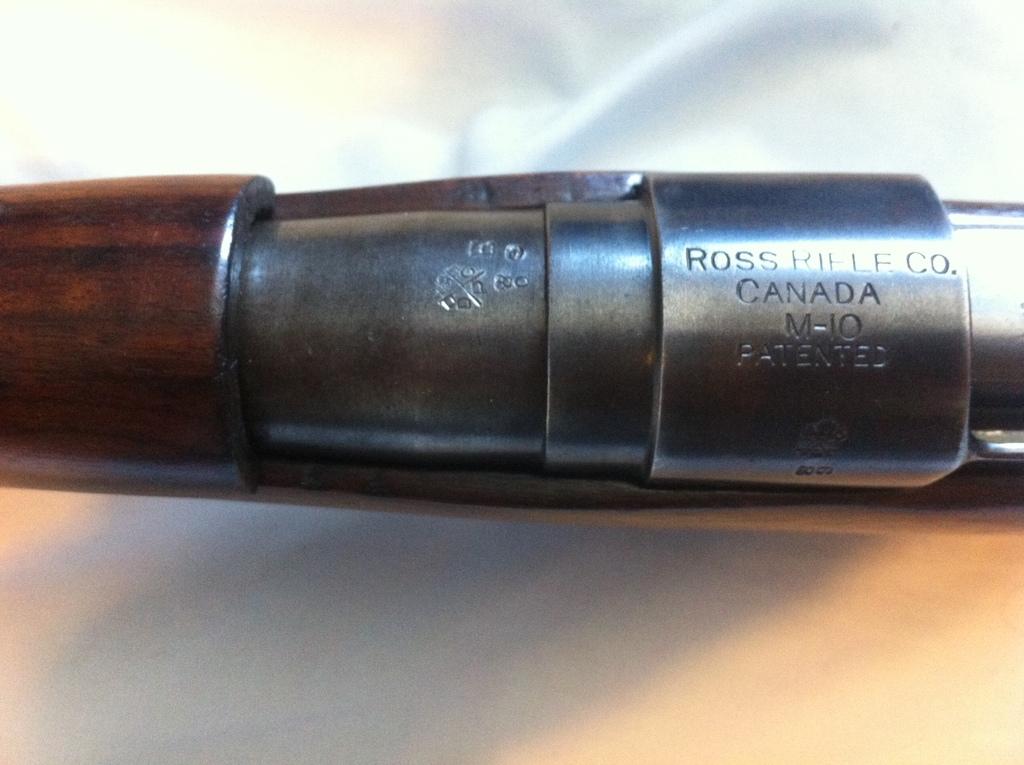
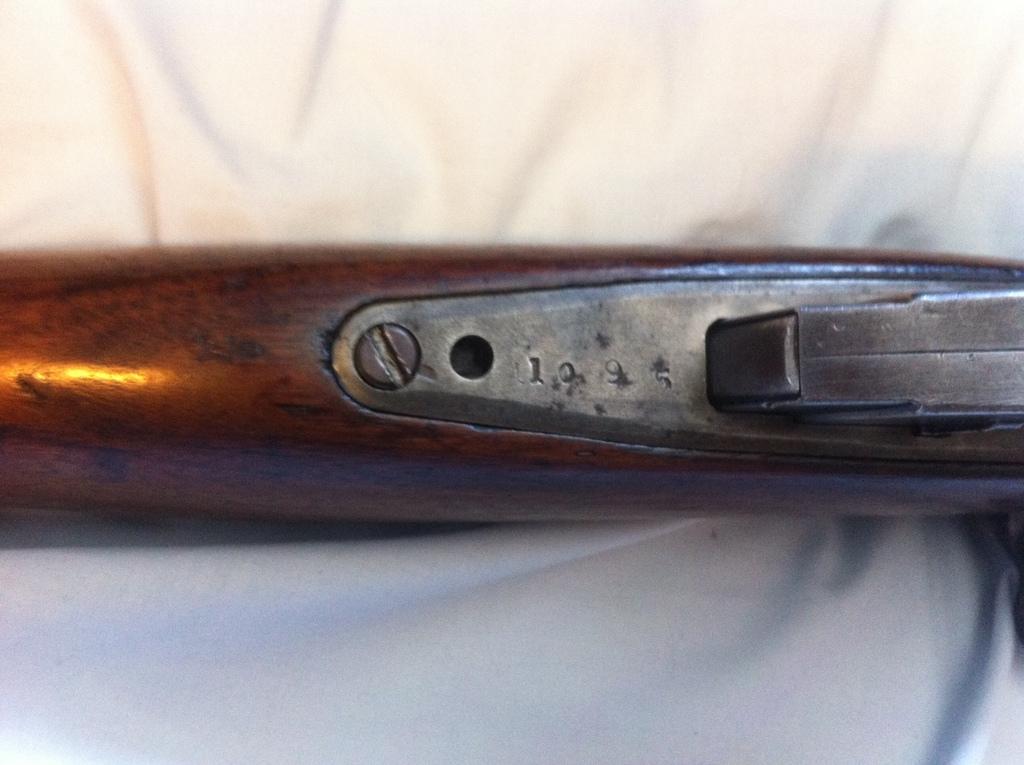
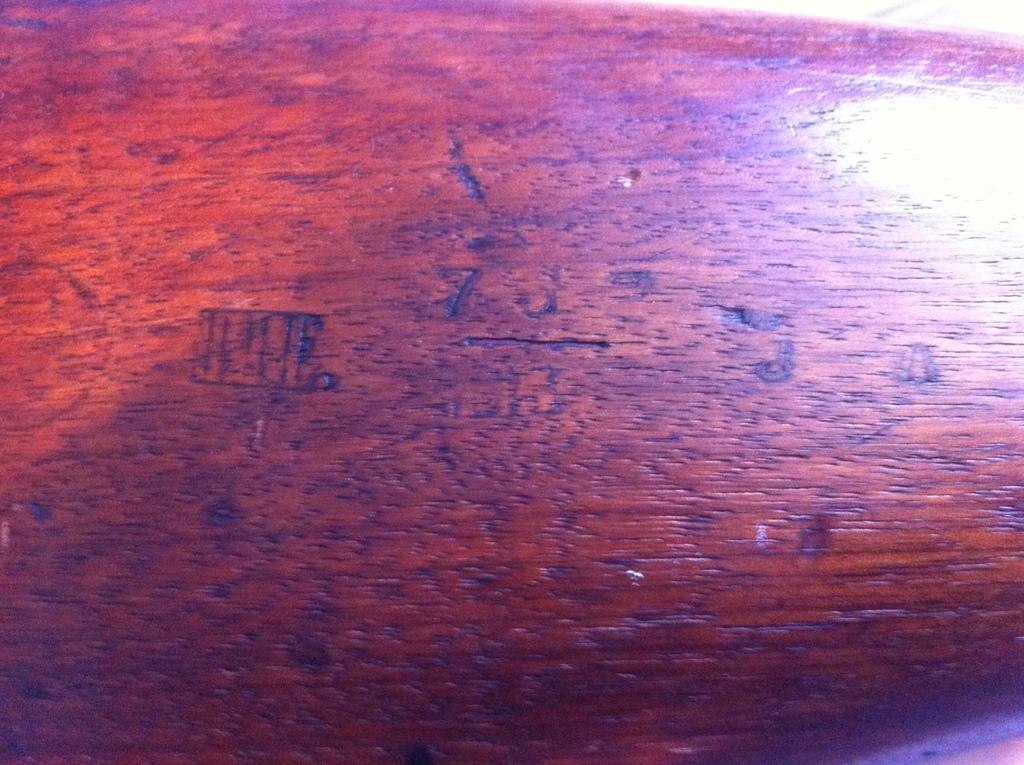
 Register To Reply
Register To Reply




















